Bird in Flight Prize ‘20 Finalist: Güle Güle
Caimi & PIccinni (Jean-Marc Caimi and Valentina Piccinni), Italy
“Güle Güle” (goodbye in Turkish) is a photographic project focused on the city of Istanbul, a personal account about the profound changes happening in the city and within Turkish society. Gentrification, the marginalization of the poorer classes, the increasing discrimination against homosexuality, the massive migratory influx of Syrian refugees and the problems related to the Kurdish community are just some of the realities behind the subjects portrayed. The photographs are the result of the numerous relationships established with people, while we got gradually involved in a series of different situations. While still following a documentary approach, the series leaves the informative and didactic content of the images in the background in favour of visual immediacy and an open-ended narrative. The use of diptychs represents for us a tool to reveal scenarios otherwise unimaginable, highlighting the complexity of the city and its most hidden details.
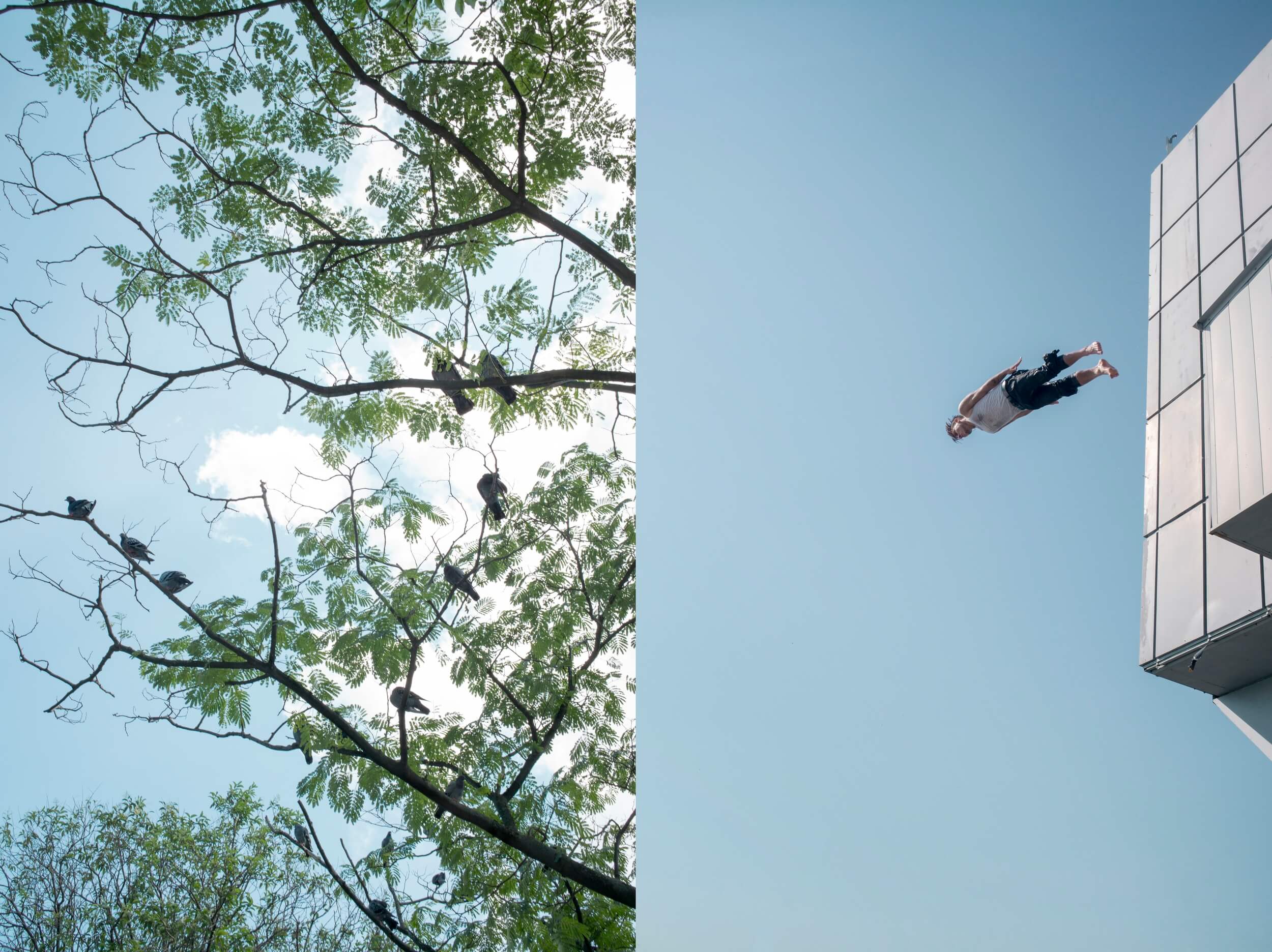
In Istanbul, air pollution has reached its highest level in recent years. The rate of air pollution has increased due to the effects of transportation, the use of coal and urban transformation. / A young man jumps off the final part of the Galata Bridge, at the entrance of the Golden Horn. These tests of courage are common among lower class teenagers, who hang around in small groups and are often “tinerci”, glue sniffers.

A white Limo is decorated for a wedding. The car will bring a young East European couple to a boat for a Bosphorus cruise. / Weddings in Turkey are a lavish affair with celebrations that may last for several days. Bosphorus boat wedding parties are a very popular choice among young couples, in particular for long established middle class immigrants from Eastern countries, including Armenians, Iraqi and Afghans.

A waste collector's bag. Countless individuals can be seen pulling heavy carts with cardboard, plastics and other materials through the streets of Istanbul. / A poor man in Tarlabası, one of the oldest and poorest neighborhoods of Istanbul. The ongoing AKP party urban renewal project and gentrification process, in addition to imposing thousands of forced evictions, has deepened the housing problems and the poverty of the local lower classes.
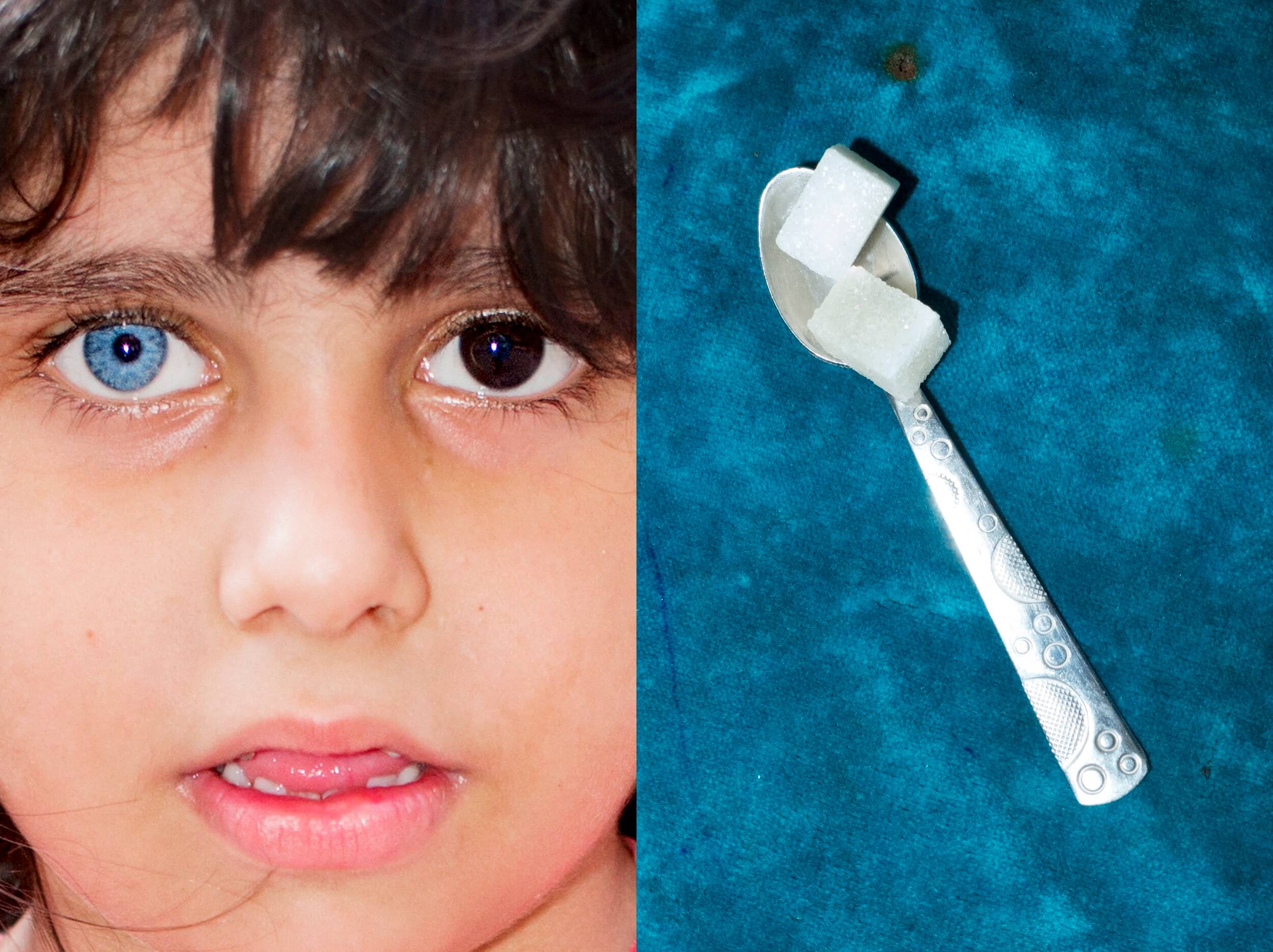
Berivan, a Syrian refugee girl in Tarlabasi. She lost both her parents during the war and was taken to Istanbul by some family friends, who now take care of her. - A teaspoon with two lumps of sugar, in a tearoom in the predominantly Kurdish suburb of Boğazköy Arnavutköy. This kind of tearoom is frequented only by men.
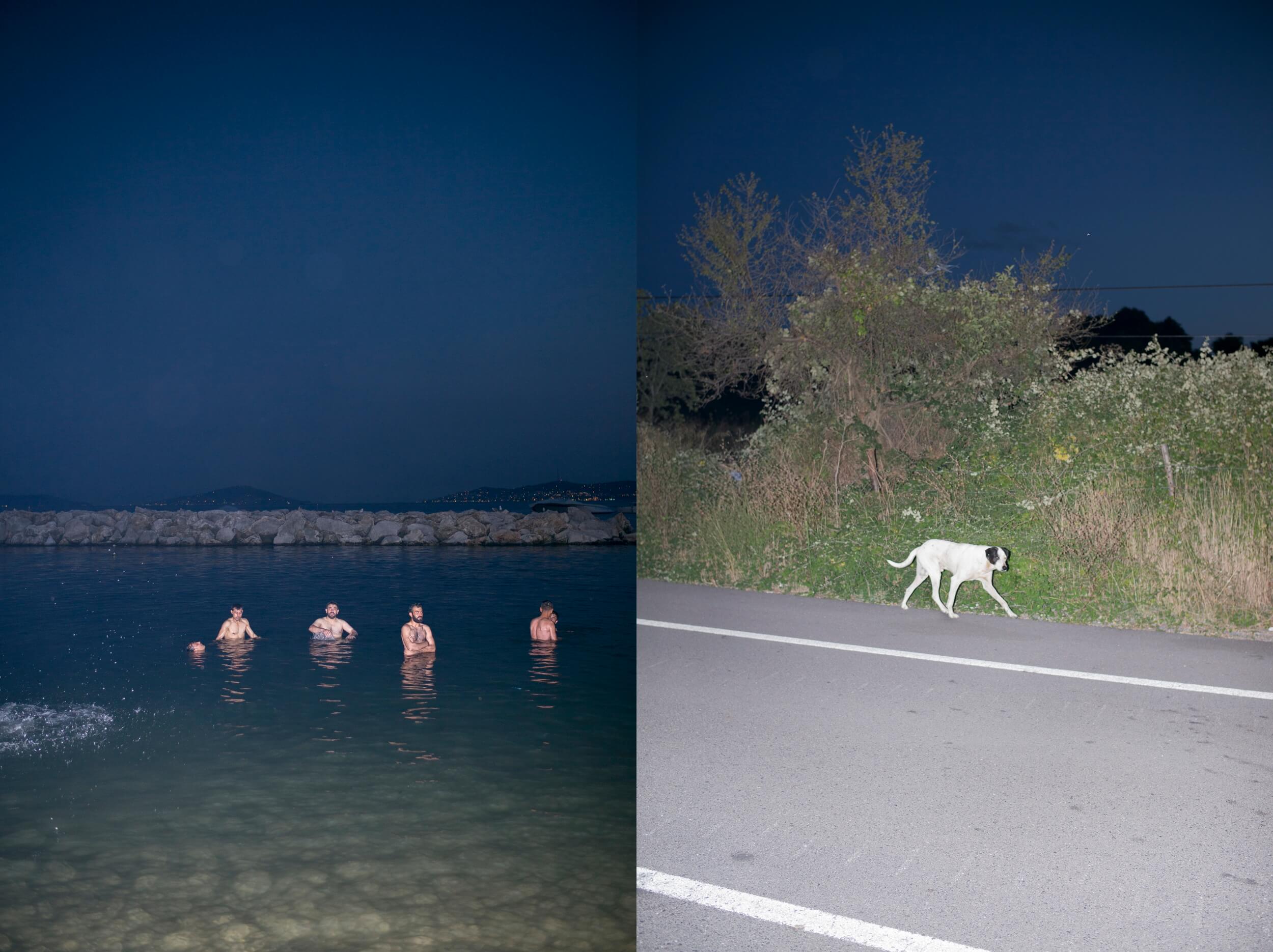
Young men take a swim at night in Kadıköy, on the Asian side of the Bosphorus. Thousands of people regularly crowd the coastline for barbecues and family parties. / Istanbul has a population of around 180,000 stray dogs. Some of them are regularly collected for vaccination renewals and neutering procedures. But the population is rapidly growing triggering government ordinances of forced relocations outside the city, an action strongly opposed by animal rights activists.
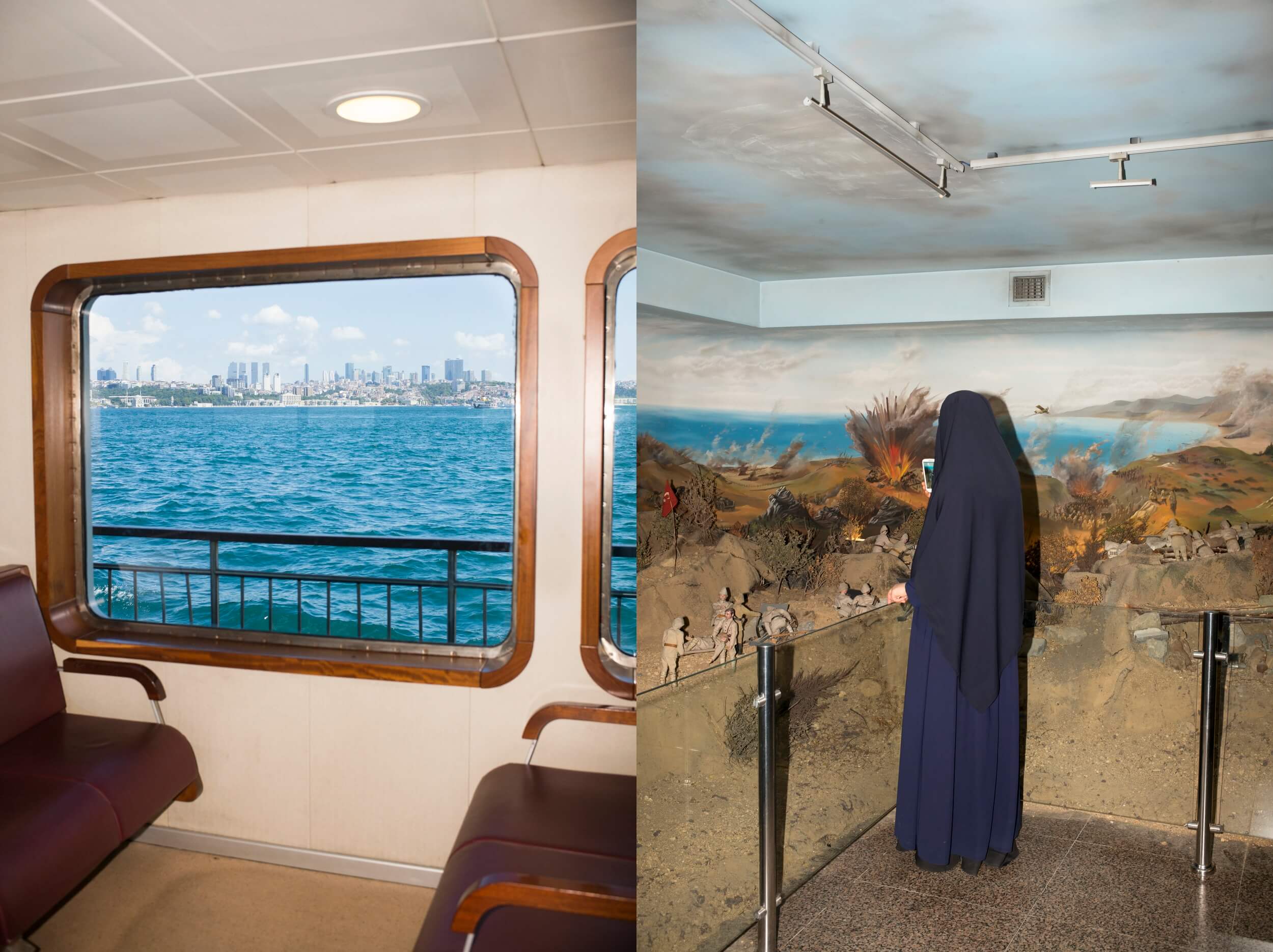
The passenger room of a Bosphorus ferry. These medium-sized boats carry thousands of people daily from the European side to the Asian side of the strait or vice versa and are part of the city public transportation system. / A muslim woman visits Miniaturk, Istanbul, one of the world's largest miniature parks with its 15,000 square meters of model area. The park contains 122 models in 1:25 scale.
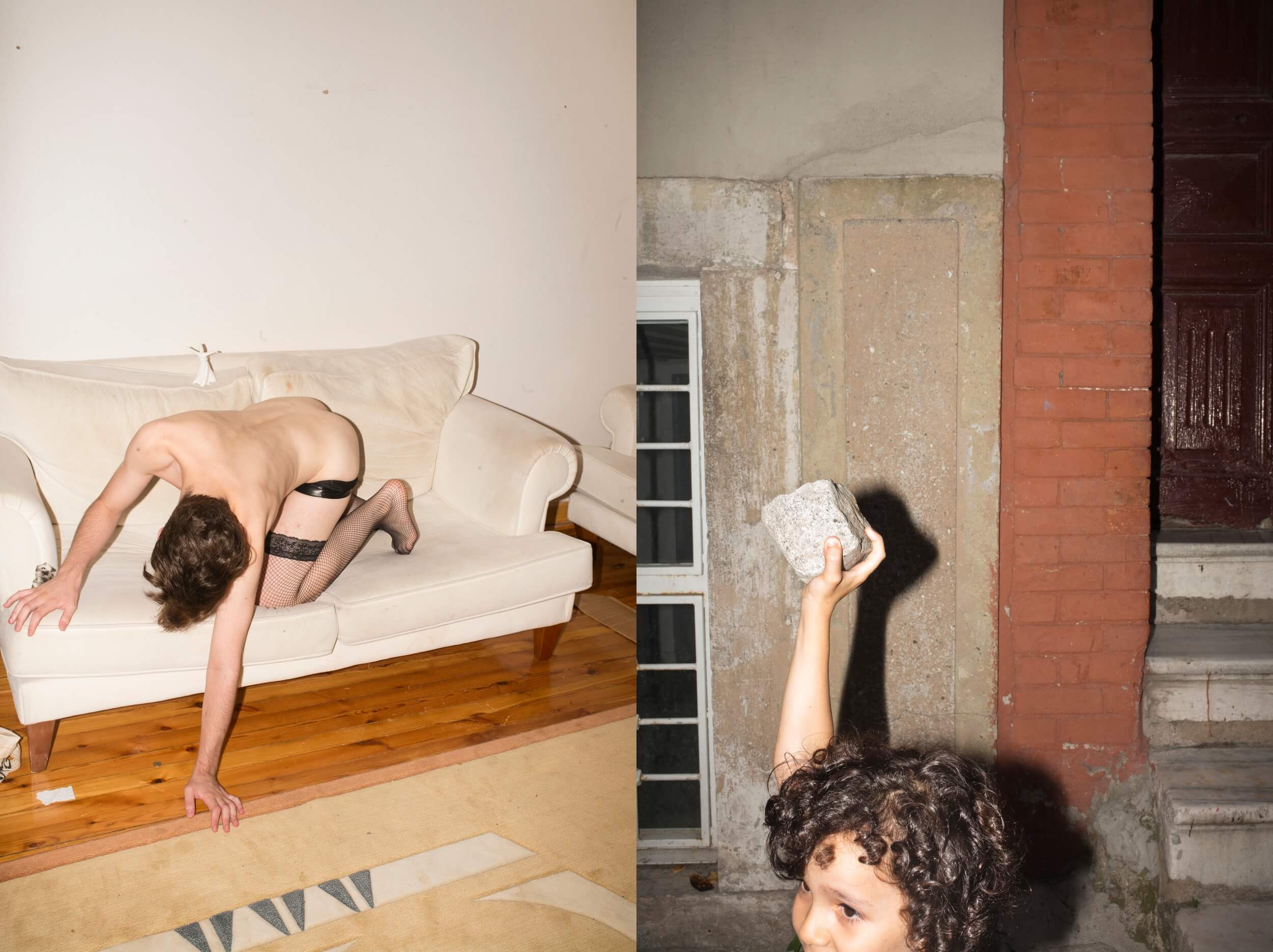
Constantine is a young drag queen who performs in several underground clubs in Istanbul. Homosexuality is widely a taboo subject in Turkey. On 20 August 2018, the widely circulated Turkish pro-Erdogan paper, Sabah reported that the US was planning to “drop gay bombs” on enemy countries that “will change the sexual preferences of that country’s population”. / A small child at the “children's housei” in Balat, Istanbul, a place that takes care of refugee children from Syria and helps poor families.

Men praying in a Sufi Sunni mosque in the Beylerbeyi neighborhood of Üsküdar (on the Asian side of Istanbul). This mosque is also a “tekke”, an islamic religious school. / Cows are gathered in a local car wash garage waiting to be slaughtered. During the Kurban, the “feast of sacrifice”, livestock is privately bought and killed. Sometimes even a bull or a camel of at least 2 years old is sacrificed. Usually the head of the family performs the sacrifice in the garden or street.
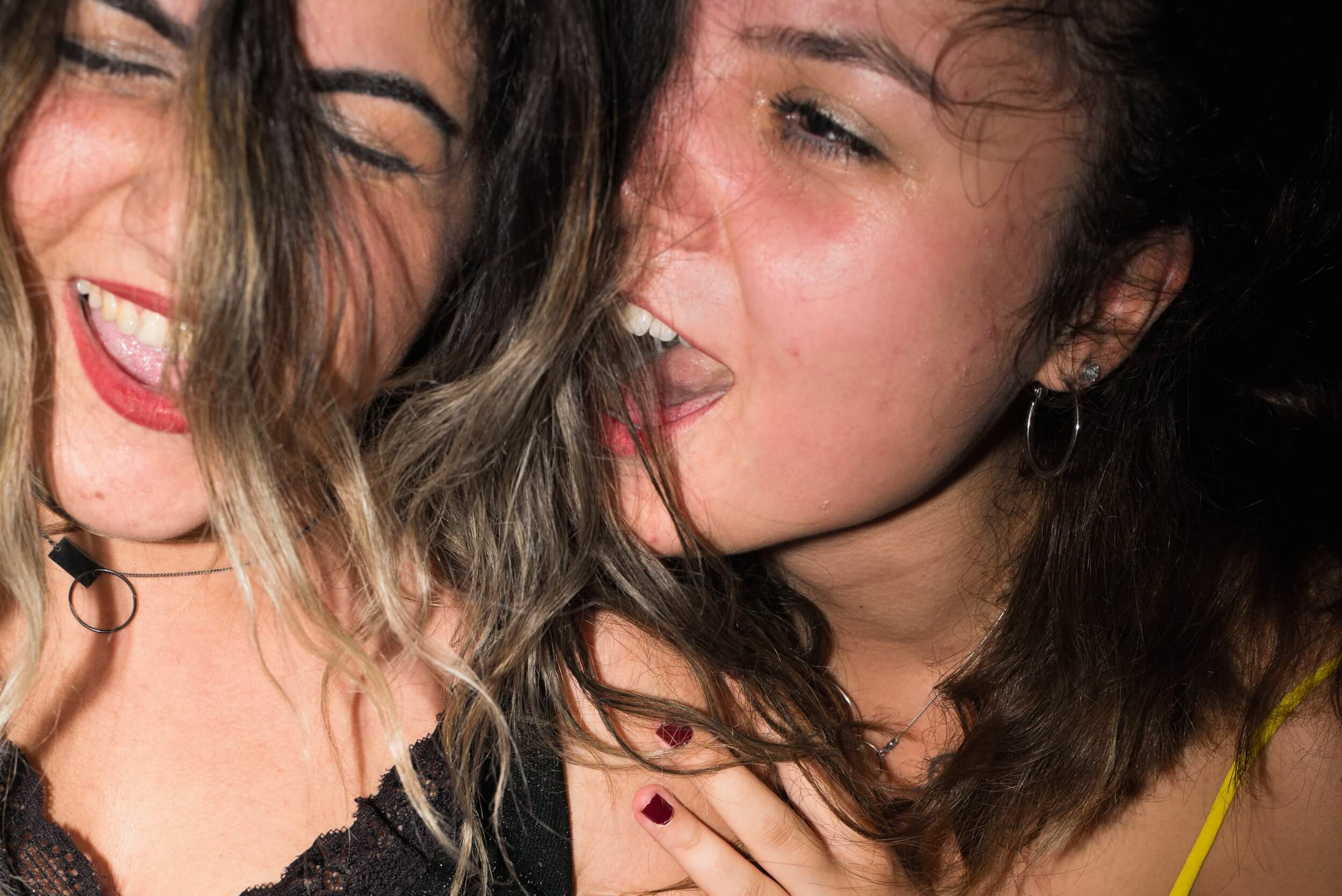
Two girls in a club on the Asian side of Istanbul, where the nightlife has recently moved, due to restrictions in the Taksim area, once the centre of the “movida”.
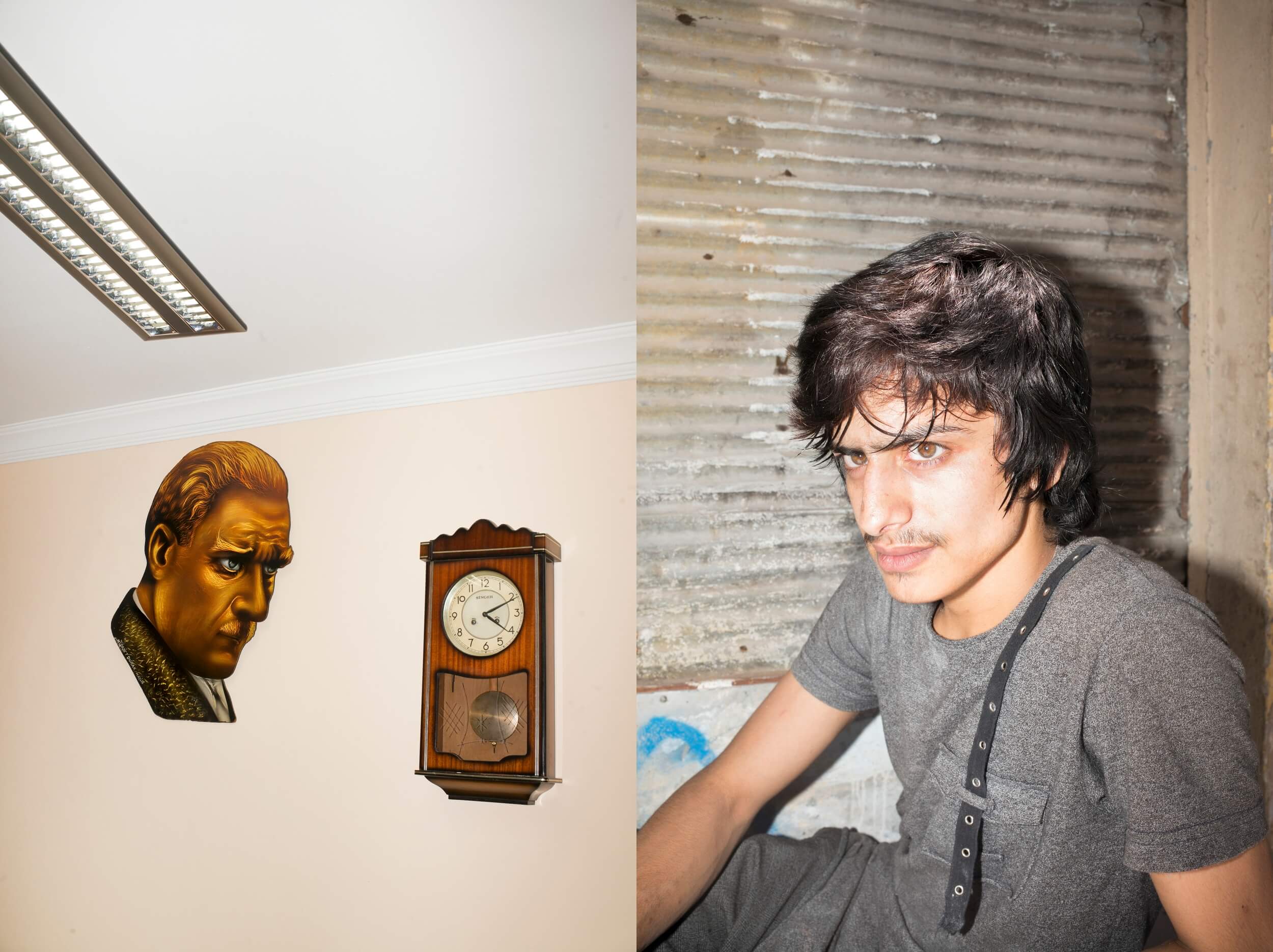

A woman during a picnic on the lawns of the local mosque in the new modern suburban district of Atasehir. The housing development in this area is designed to include 18,000 skyscraper condominiums offering luxury residences for 80,000 people with higher incomes. / Poor class street kids hide their bags and belongings in trees and bushes while begging or resting.
